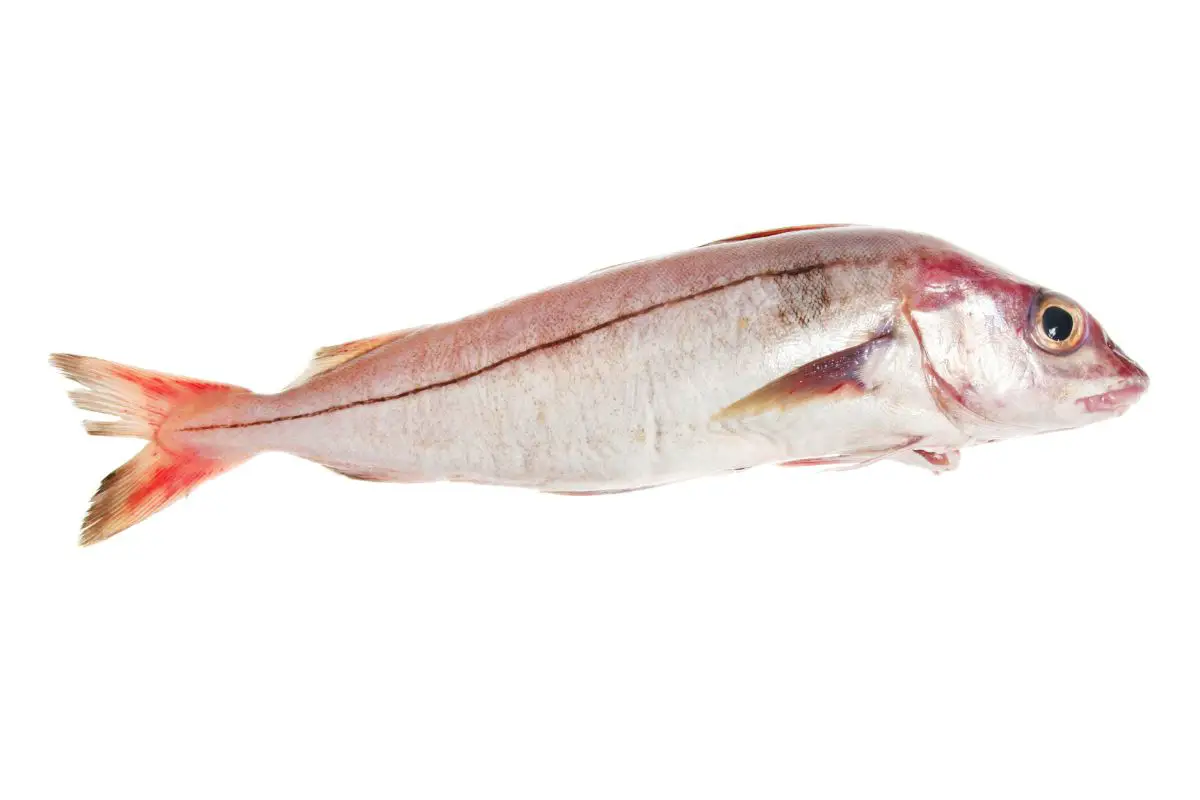
Haddock is a member of the cod family Gadidae and lives throughout the North Atlantic. It is also one of the most popular varieties of whitefish, and is used for all kinds of recipes. In this article, we’ll look at some of the fish that are most like Haddock, and how you can tell them apart.
1. Cod are the original whitefish.
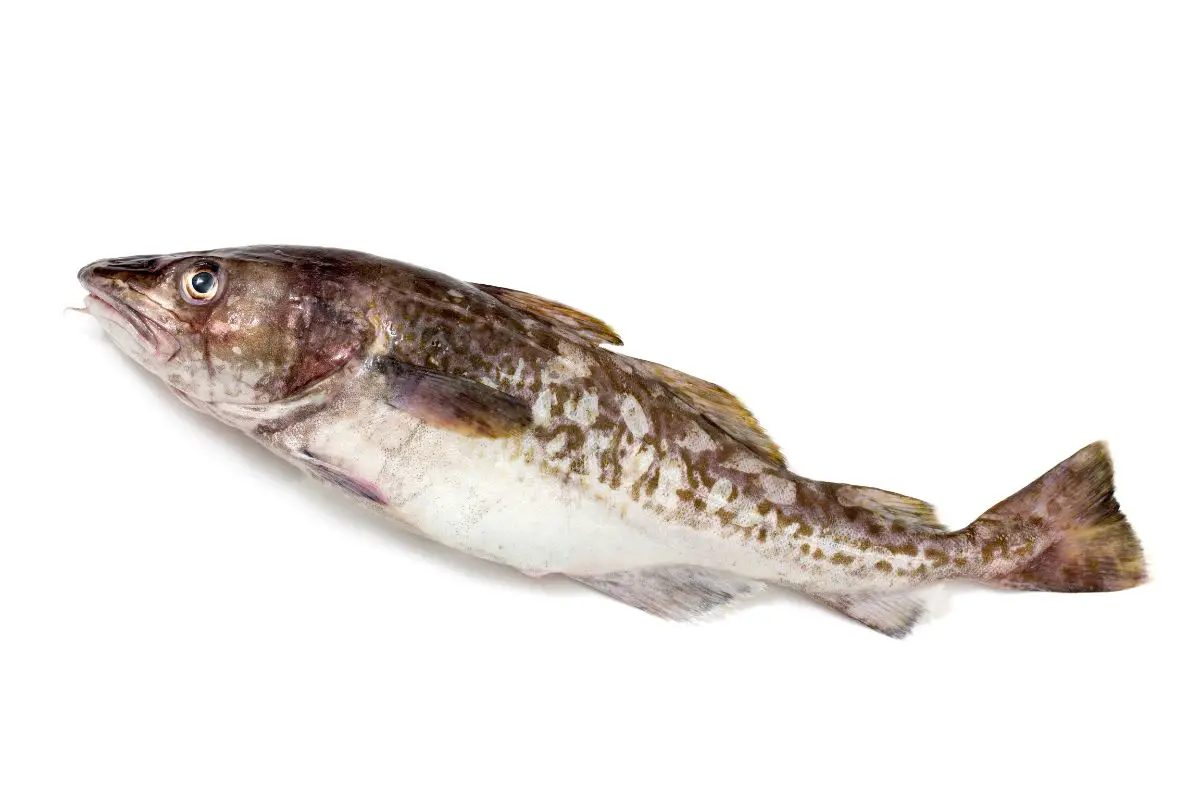
Cod is one of the most famous examples of whitefish. It was once used in nearly everything. With no natural predators, cod once filled the ocean so fully that ships first arriving in Newfoundland were slowed by the volume of fish.
Over time, cod fisheries have collapsed. Traditional recipes that call for cod are now often replace it with haddock or pollock. Cod is a large, apex predator. Codfish can grow up to 220 lbs, but are more commonly caught at 20 lbs.
They swim at many different depths, from 20 feet to 2000 feet deep. They prefer the cold waters of the North Atlantic and North Pacific. Cod, like haddock, is a mild tasting, buttery white fish that is popular for fish and chips.
Both cod and haddock like cold water, and are predatory fish that swim at the bottom of the ocean. Haddock are smaller than cod. Cod are green or brown with speckles, and a white or cream lateral line.
Haddock are white and silvery with a dark blue dorsal area, a dark lateral line, and a dark “devil’s thumbprint” just above the dorsal fin.
2. Pacific Rockfish taste like haddock.
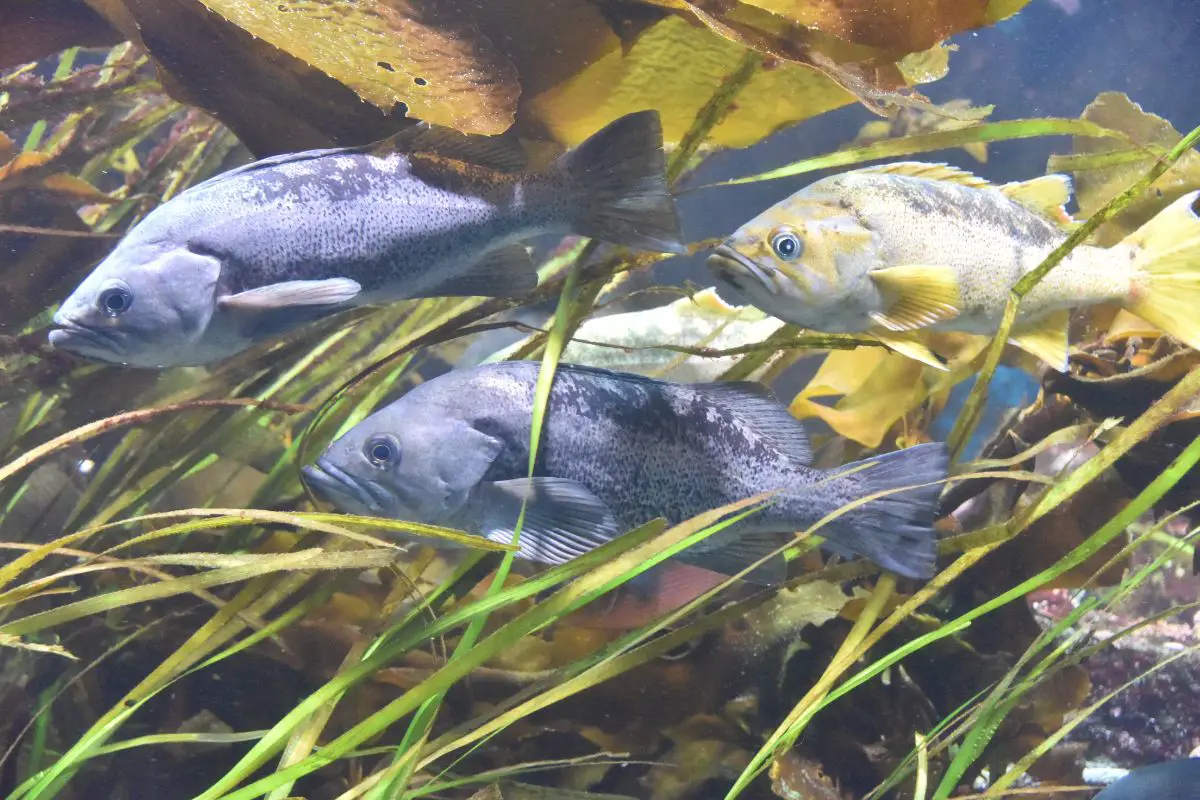
One of the closest substitutes for haddock in food is Pacific rockfish. Also called Pacific Ocean Perch, these fish are found in the North Pacific. They move to different depths at different times of year and their life cycles are still being studied, but they move between waters that are 450 ft to 1500 feet deep.
They are mostly planktivorous, eating copepods and krill rather than other fish. Rockfish were overfished in the 60s and 70s. In some places, fisheries are still returning.
Pacific rockfish and haddock both like cold water, and both school together at similar depths. Like haddock, pacific rockfish is considered delicious and valued highly for culinary reasons. Haddock are more closely related to cod, while pacific rockfish are a kind of scorpionfish, related to other highly poisonous reef inhabitants like lionfish.
3. Halibut are bottom feeders that make a perfect haddock replacement.
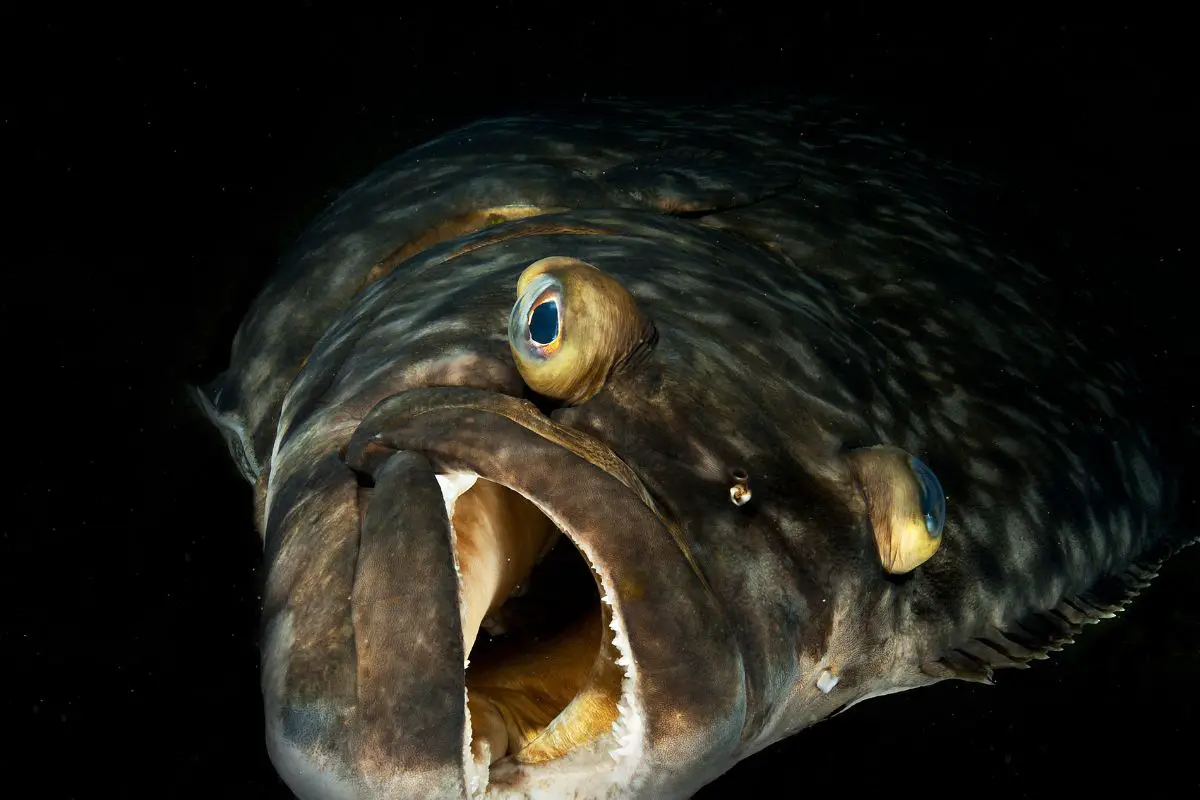
Halibut are large flatfish that are commercially fished and can replace haddock in many recipes. One of the world’s most popular whitefish, halibut, live in the cold water of the North Atlantic and North Pacific. They are dark brown on the top side and white underneath.
Halibut are born with eyes on both sides of their head, but as they grow, one of those eyes moves to the other side. Halibut will eat almost anything they can catch on the bottom of the ocean, and their most common prey are crabs and crustaceans, octopus, lamprey, salmon, and herring. Halibut are apex predators in most of the environments they inhabit, although they are hunted by sealions, orcas, and humans.
They are fished both commercially and recreationally. Halibut and haddock are both used as whitefish in cooking, almost interchangeably. Halibut is firmer and less flaky than haddock, but they both have a mild and buttery flavor. Both species live in the cold northern oceans, and both are fished commercially.
Haddock are ray-finned fish that are closely related to cod. Halibut are flatfish that are more closely related to flounder. They have different ecological niches, although they both taste great as fish and chips.
4. Alaskan Pollock is the biggest catch.
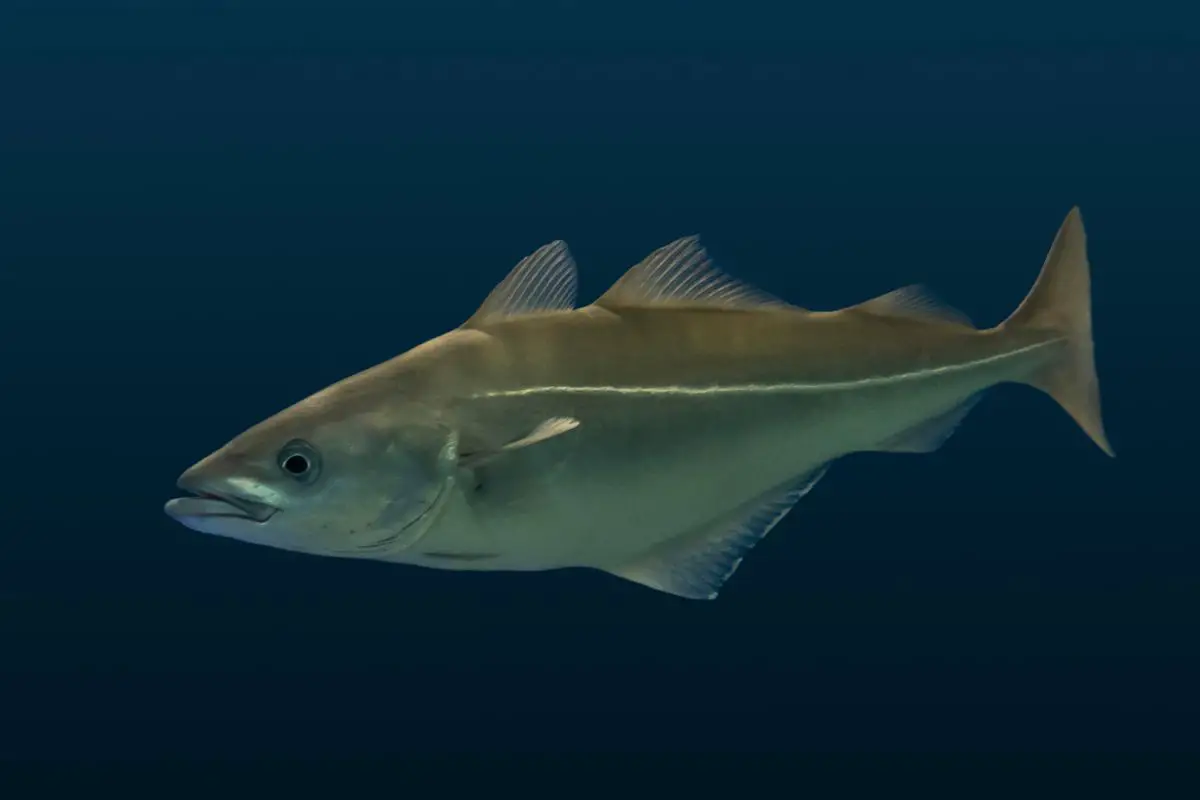
One of the most popular commercial fisheries worldwide, more than 3 million metric tons of Alaskan Pollock are fished from the North Pacific every year . They have black and yellow speckled bodies that help them blend in on the ocean floor, and make them harder to see from above. Alaska pollock are mainly planktiverous and go after copepods and krill.
They can be up to 3 feet long and weigh between 1 and 3 pounds each. They school together and reproduce quickly, especially after storms. Research shows that heavy storms in the North Pacific stir up nutrients into the water which create phytoplankton blooms that support the Alaskan Pollock population.
Alaskan pollock and haddock are very similar fish. They prefer cold water and they both belong to the gadidae family of “true cod.” They both feed on phytoplankton, although haddock graduate to larger prey as they grow.
Alaskan pollock look a little bit like haddock too, with three long dorsal fins and two anal fins, and a silvery white appearance. Haddock are bigger than Alaskan pollock, and more predatory. Haddock have a distinctive “devil’s thumbprint” mark above the pectoral fine and Alaska pollock don’t.
Haddock live in the North Atlantic. Alaska Pollock live in the North Pacific.
5. Tilapia are farmed whitefish that cause fewer emissions.
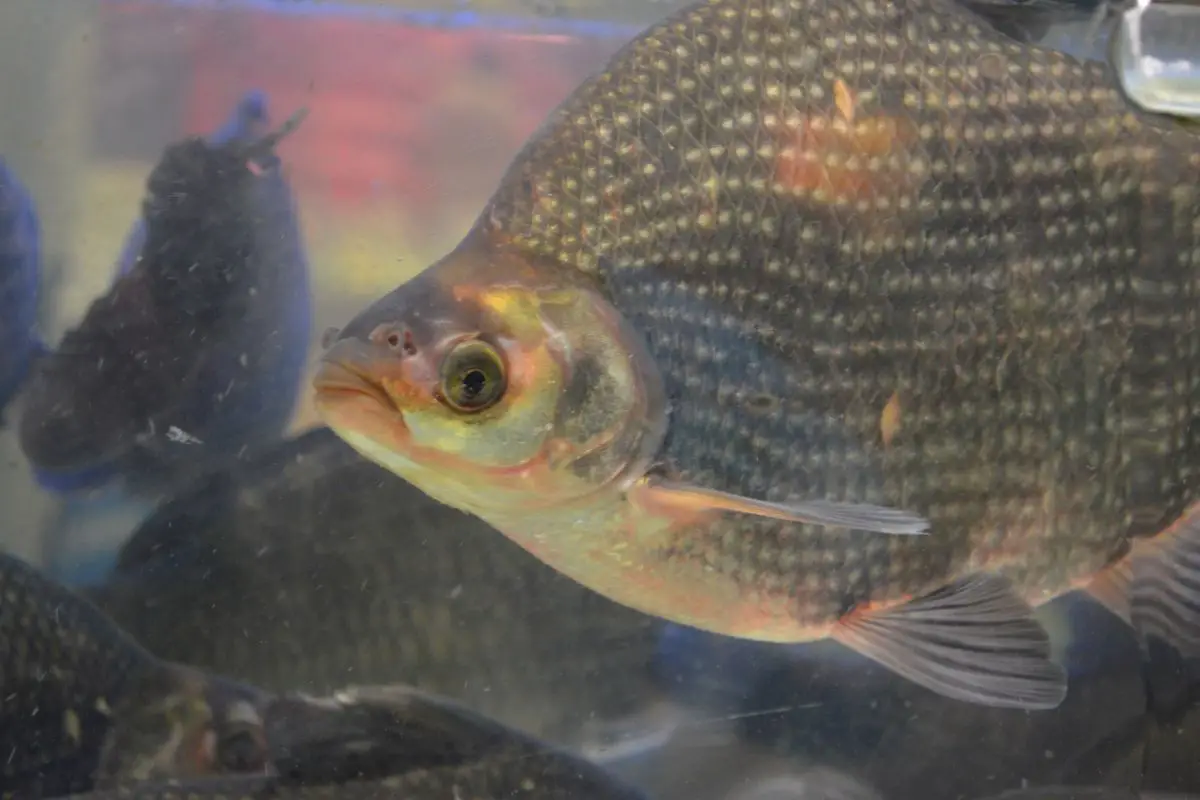
Tilapia are one of the world’s most successfully farmed fish. Genetically improved Tilapia grow 100% faster than the original species, and produce fewer greenhouse emissions than chicken or beef. Tilapia is also very good for you, with important Omega 3 and 6 oils that help human health.
Tilapia are freshwater fish that originated in lakes and streams. They were first cultivated for food in the Nile. Tilapia feed on algae and vegetation, which means they usually have very little competition from other species wherever they are.
In some countries, like Thailand, they are now being used to clean algae and vegetation as an alternative to harmful pesticides and chemicals. Although they are sensitive to temperature, Tilapia are otherwise very hardy fish that are easy to raise. Tilapia and haddock taste similar, with a mild whitefish flavor.
Tilapia is a great replacement for haddock in most dishes. As fish, Tilapia and haddock could not be more different. Tilapia lives on algae and vegetation in freshwater.
Haddock lives on other fish and phytoplankton in the ocean. Tilapia requires warm temperatures. Haddock live only in cold water.
Tilapia like fairly shallow water. Haddock dive deep. They are not related as fish and live very differently – but they both taste great, and can be used interchangeably in recipes.
6. Patagonian Toothfish are a delicacy from the southern oceans.
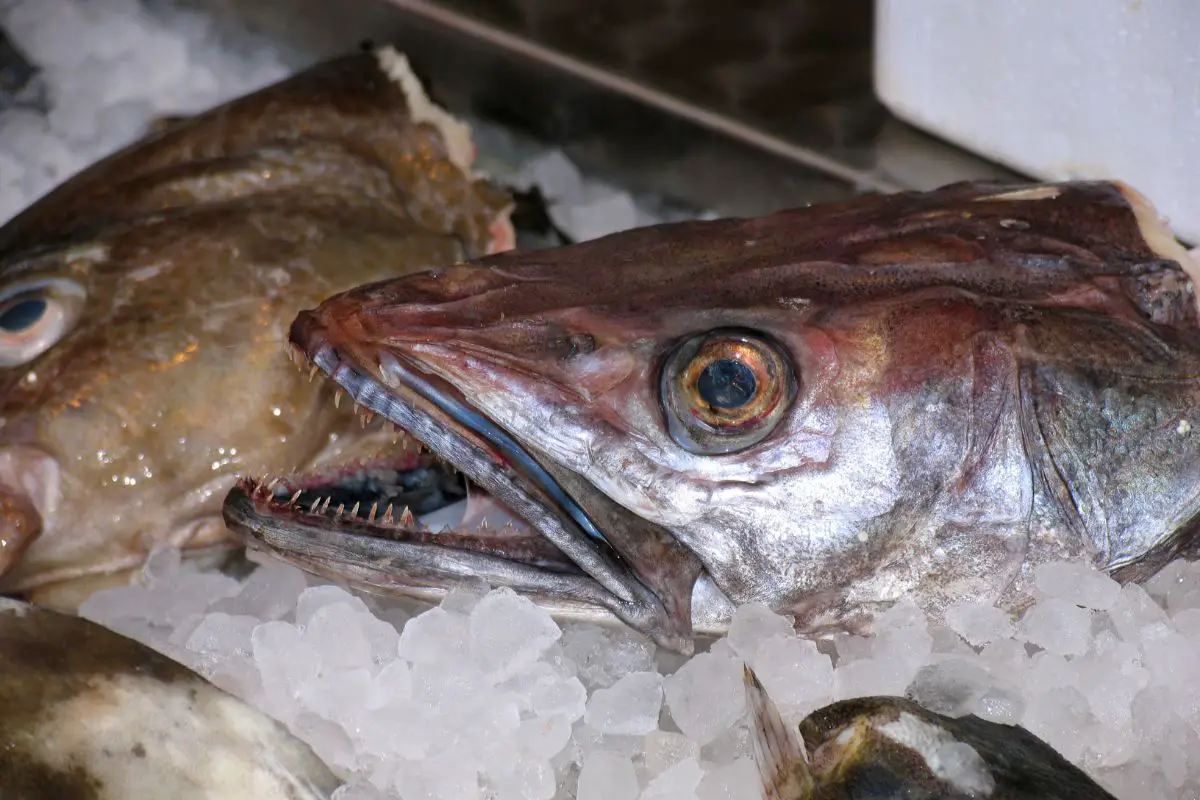
Also called Chilean Sea Bass, Patagonian toothfish is found in the cold oceans of the southern hemisphere. These large, deep water predators can be up to 7.5 ft long and weigh up to 220 lbs, although the average is much less. Patagonian toothfish live at 150 to more than 12,000 feet deep.
They are a brown and gray color with darker spots. They eat other fish primarily, although as they grow older they expand to crustaceans and squid. The only natural predators of Patagonian toothfish are sperm whales, colossal squid, and southern elephant seals.
There is an active and robust fishery for Patagonian toothfish because they are delicious, and can be fished efficiently. They are usually sold as Chilean sea bass. Patagonian toothfish are like haddock in that they inhabit cold water, eat other fish, and grow to similar sizes.
They are commercially fished, and they have a similar mild whitefish taste. Haddock live in the north Atlantic, and Patagonian toothfish live exclusively in the southern hemisphere. Haddock are closely related to cod, while Patagnian toothfish are notothens, or cod icefish, which are more distantly related.
7. Red Snapper live in reefs and shipwrecks, but taste like haddock.
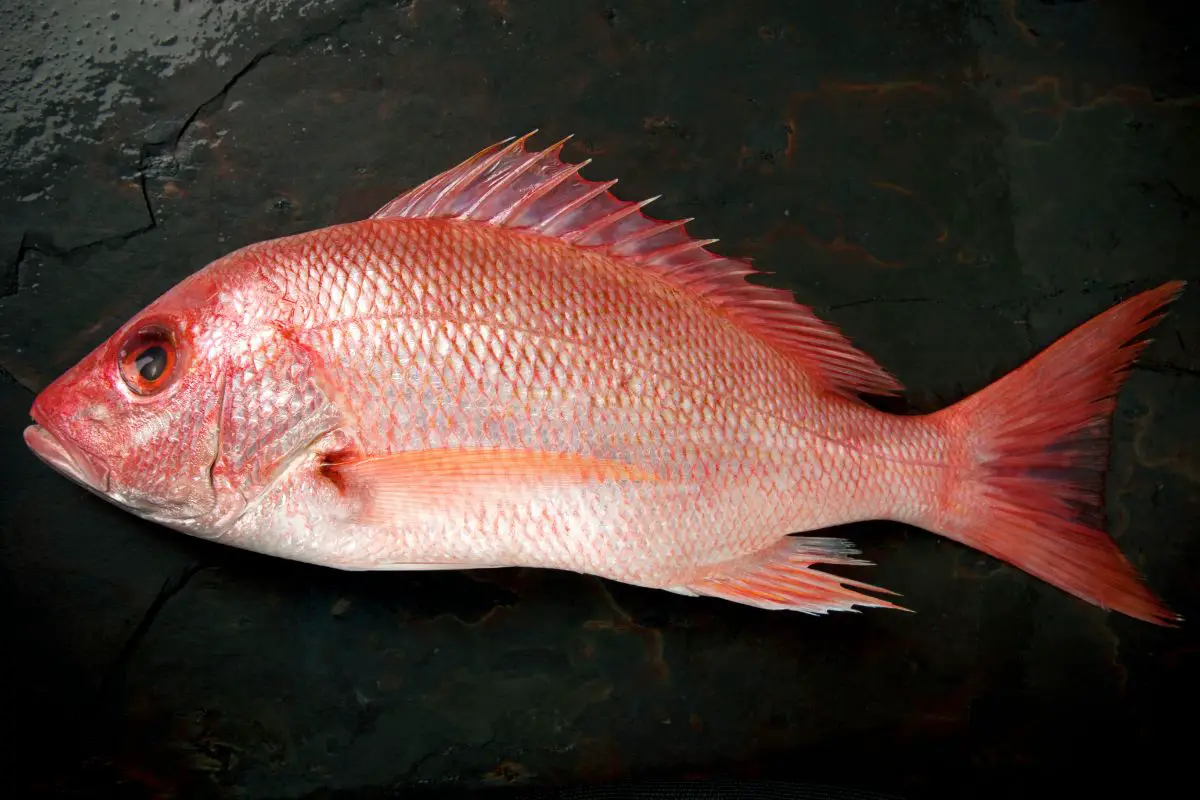
Red Snapper are a species of reef-dwelling fish that live primarily in the Caribbean and southern Atlantic ocean. These large fish can grow up to 39 inches long, weigh up to 50 lbs, and live more than 100 years. They inhabit shallow rocky and reef coastal areas, as well as offshore oil platforms and shipwrecks.
They school together to form large groups of similarly sized fish. Red snapper are large and reddish pink in color. They are most comfortable in shallow depths of 20 – 200 feet deep.
Like haddock, red snapper are large fish that taste great, and are fished both commercially and recreationally. Beyond that, there aren’t many similarities. Red Snapper prefer shallower areas in the tropics.
Haddock like deep, cold water. Red Snapper are brightly colored and rounded. Haddock are sleek, streamlined and dark gray, brown or black on top and silvery white underneath, with dark lateral lines.
8. Pacific Hake is a commercially fished haddock alternative.
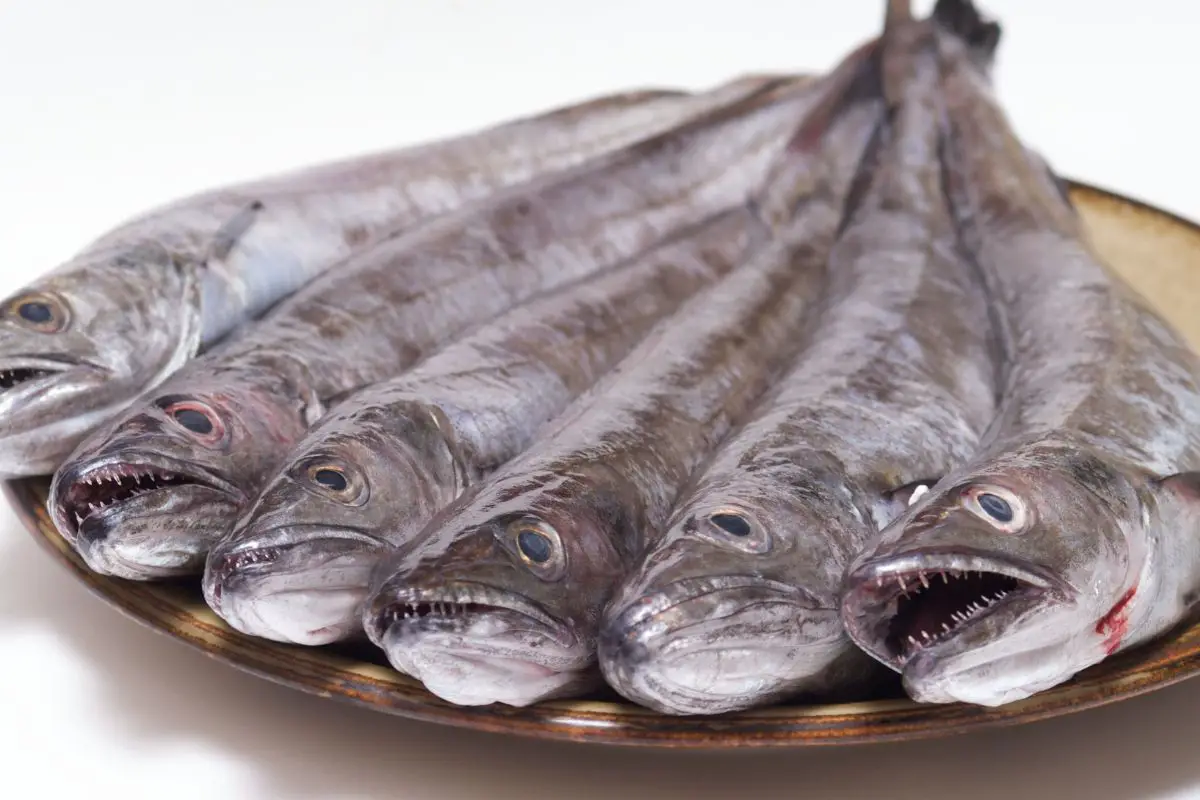
Hake, also called whiting, are an important species of fish for commercial fisheries. The North Pacific Hake is a species of migratory offshore fish that lives throughout the cold waters of the North Pacific. It undergoes a daily vertical migration of more than 1000 ft to the bottom of the ocean to feed on crustaceans and small fish.
It eats plankton, shrimp and crustaceans, and other small fish like lanternfish. They have a gray and silver coloration with blue speckling. They can grow to a length of 3 ft and live for up to 20 years.
Haddock and Pacific Hake both like cold water and swim at deeper depths. Pacific Hake are more closely related to haddock than many other species, since they are both Gadiformes, or ray-finned fish that are related to cod. They are also both commercially fished.
Haddock live in the North Atlantic, while Pacific Hake live in the North Pacific. Haddock have a different survival strategy, and eat more copepods and plankton than Pacific Hake do. They both make great fish and chips.
9. Cusk don’t school together, but you can still cook with them.
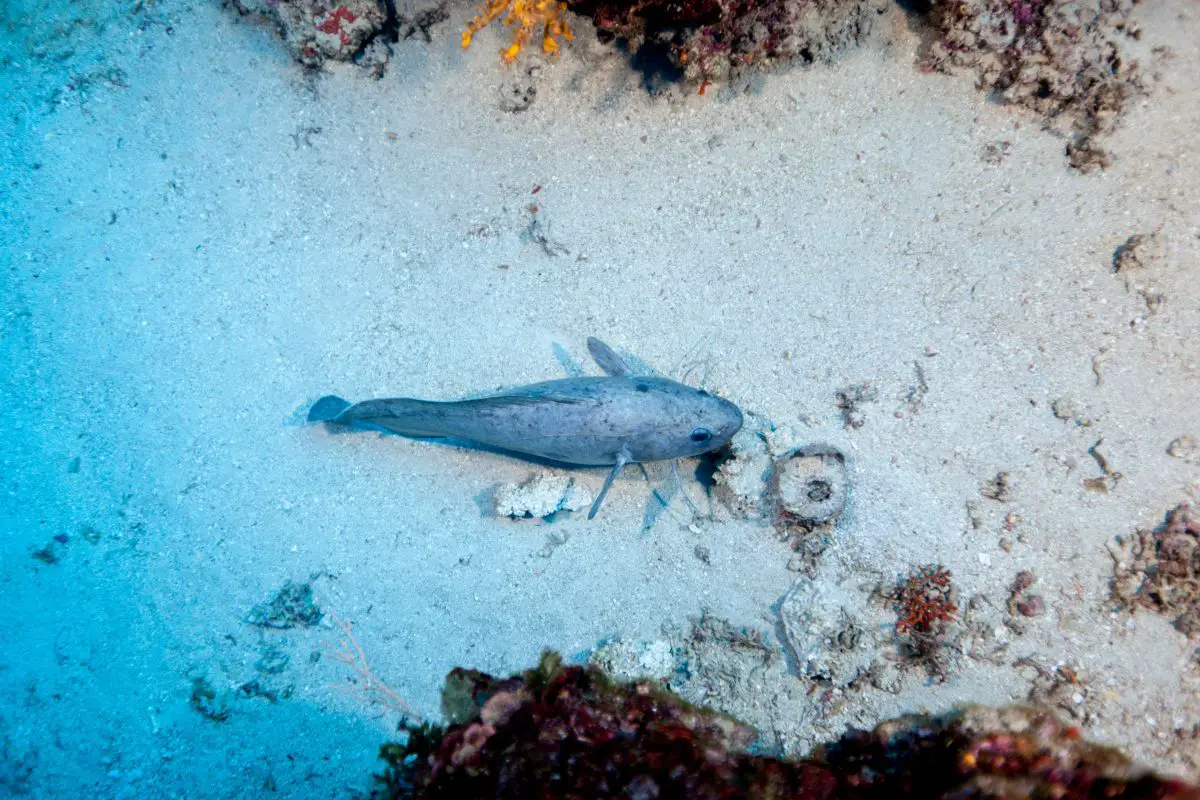
Also known as tusk, torsk, and brosme, these fish look kind of like a cross between haddock and an eel. They live in rocky, coastal water that is deeper than 600 ft. They are reddish brown in color and have a single dorsal fin.
You can find Cusk as unintentional bycatch from fishermen on the US and Canadian East Coast, or in North Atlantic Europe. Cusk can grow to 4 ft and weigh up to 45 pounds. Haddock form schools, but cusk don’t, which makes them cost-ineffective to fish commercially. It is much easier and cheaper to find haddock for whatever recipe you want to make than it is to buy cusk, although if you are curious, you can find some from a local fisherman.
Haddock and cusk are similar mild whitefish, and can be used interchangeably in recipes. They are both Gadiformes, like cod, but otherwise they are very different in appearance and behavior.
10. Grenadiers are haddock’s deep sea cousins.
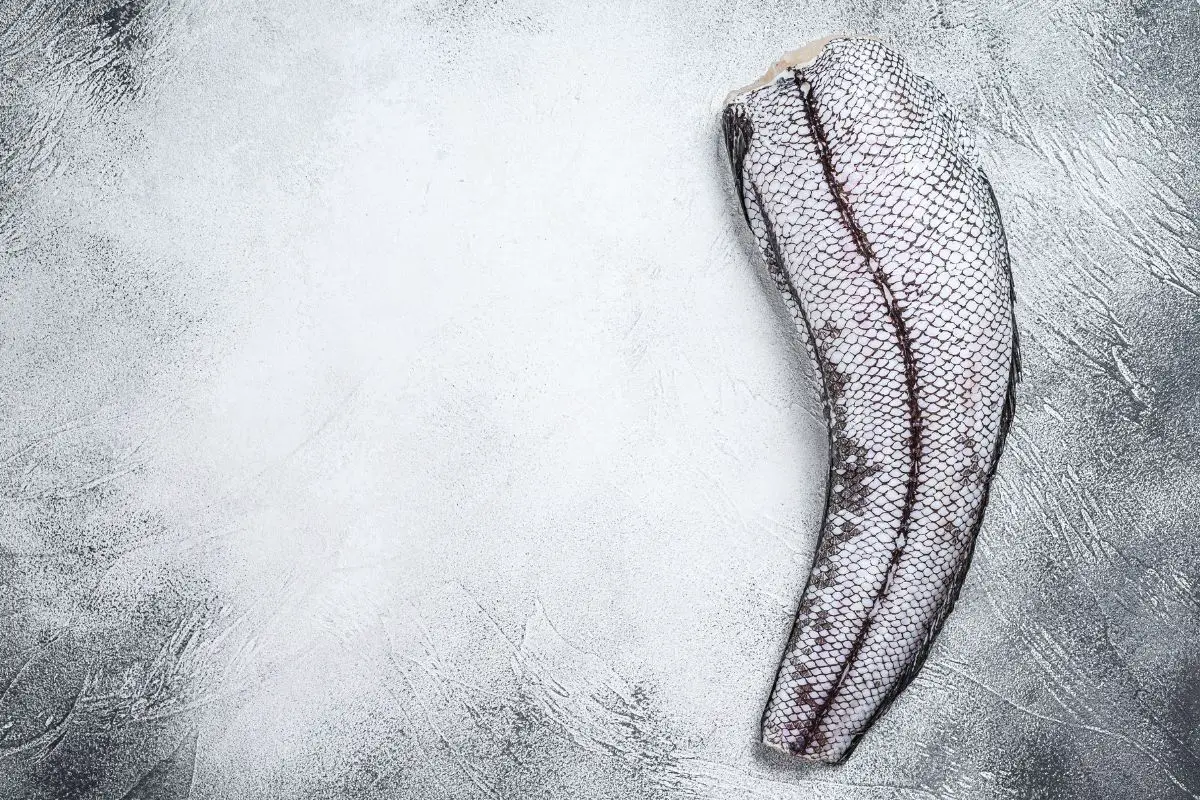
Also called rattails, these benthic fish inhabit the deepest parts of the ocean. They are related to haddock. They are Gadiformes, and trace their ancestry back to cod.
They have evolved into a very different niche, however. Grenadiers like to live from 600 ft to 21,000 feet deep, primarily in the antarctic. There are more than 28 known species, ranging from 4 inches long to almost 7 feet long.
They are called “rattails” because they have large heads and eyes followed by very thin tails, with one species not even having a tail fin. As creatures of the deep, they gravitate to thermal vents, shipwrecks, and other oases. There is a commercial fishery for at least one species, the giant grenadier.
Granadiers are related to haddock, and they love cold water, but they take it to a much further extreme than haddock. They are also not a replacement for haddock in dishes, since the taste is very different. Haddock live in the North Atlantic ocean, and Grenadiers live in the deepest parts of the antarctic ocean.
Haddock have fully developed tails, while Grenadiers have oversized heads and eyes with undersized tails.
11. Sablefish look like haddock and swim in cold water.
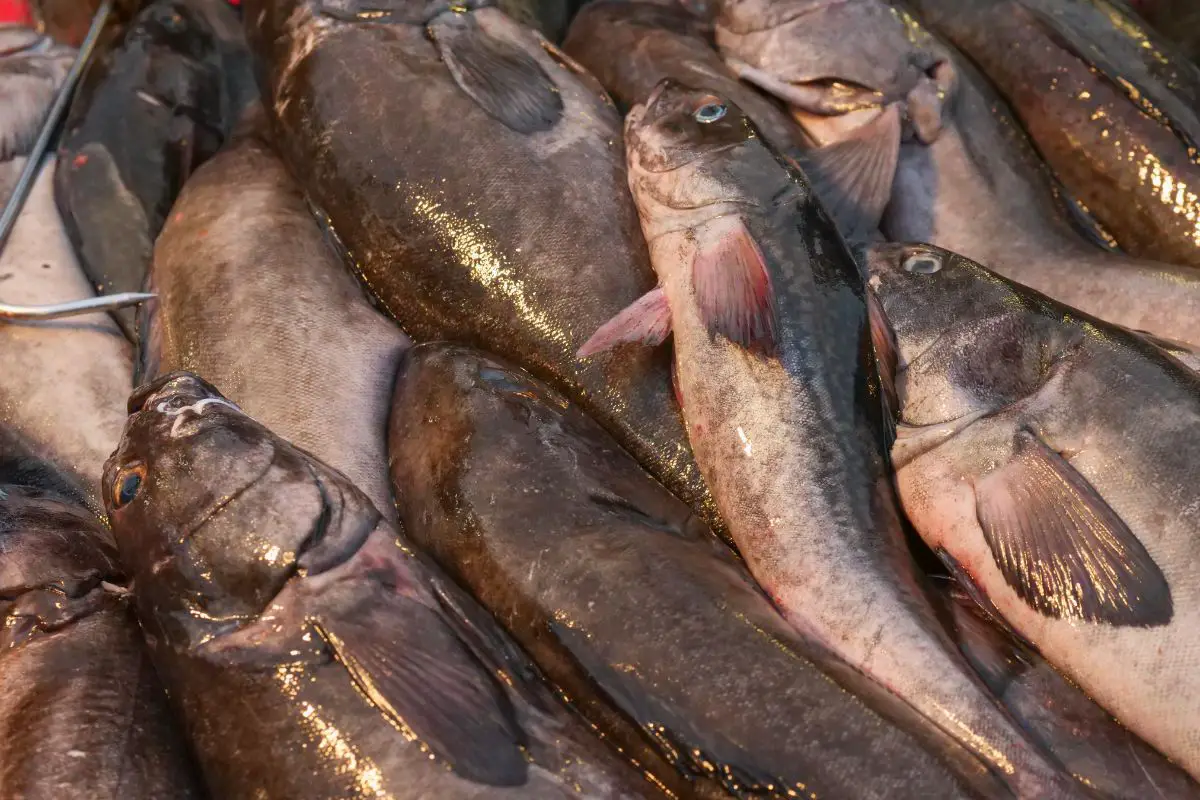
Sablefish live in the deepest parts of the North Pacific ocean, from 980 ft to more than 8000 feet deep. They are sometimes called “black cod” colloquially. They are not related to cod. Although they don’t look like it, they are closely related to rockfish and lionfish.
They are opportunistic feeders and will eat anything from jellyfish and squid to Alaskan pollock and herring. They have an average length of 28 inches, and weigh about 8 lbs. Sablefish are remarkable in that they can swim more than 1000 miles, and some Sablefish live into their 90s!
Sablefish are called “black cod”, but they are not part of the cod family, and are not related to haddock. However, they do look similar with dark dorsal areas and lighter undersides, and marked lateral lines. They are also used in many of the same recipes, although the taste and texture of Sablefish is closer to Patagonian toothfish (Chilean sea bass) than it is to haddock.
Is Haddock a Good Fish to Eat?
Haddock is healthy, delicious and low in mercury. It has lots of protein per calorie, healthy fats like omega 3 and omega 6 fatty acids, and is a great addition to your diet. Haddock is also easy for many people to enjoy because it doesn’t have a strong taste and easily absorbs other flavors.
It is a great fish to eat!
What Type of Fish is Haddock?
Haddock (Melanogrammus aeglefinus) is the only member of the genus Melanogrammus. It is closely related to codfish, and is in the Gadidae family of Order Gadiformes, which also includes pollock, whiting, and cod. It is a saltwater, ray-finned fish that consumes mostly phytoplankton, crustaceans, and other small fish.
What Do Haddock Taste Like?
Haddock is a generally preferred fish because it has a mild, buttery flavor that doesn’t taste very strong and easily absorbs other flavors. It’s easy to cook with, and has a pleasant texture. When it is cooked properly, it should taste like spices or flavorings and have no “fishy” taste.
